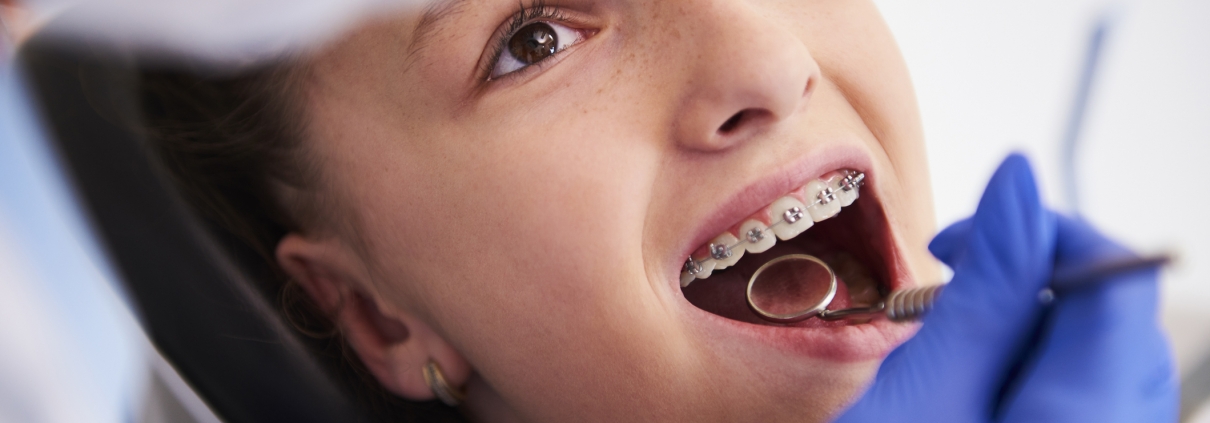The Role of Orthodontics in Elderly Care
Orthodontic care has long been associated with the adolescent years, a time when braces and aligners are commonly used to correct misalignments and achieve straighter smiles. However, as the understanding of oral health advances and individuals prioritize maintaining their well-being throughout their lives, orthodontics for the elderly is gaining recognition as a valuable aspect of comprehensive dental care.
The Changing Landscape of Orthodontics
Health Benefits Beyond Aesthetics:
While straightening teeth for aesthetic reasons remains a motivation for orthodontic treatment, the benefits extend far beyond appearances, especially for the elderly. Correcting misalignments can improve bite function, reduce the risk of gum disease, and alleviate issues related to jaw pain and discomfort.
Addressing Age-Related Changes:
Aging can bring about changes in the oral cavity, including shifting teeth, bone loss, and wear on tooth surfaces. Orthodontic interventions in the elderly can help address these age-related issues, restoring proper alignment and function to enhance overall oral health.
Improved Chewing and Nutrition:
Properly aligned teeth contribute to efficient chewing, which is crucial for the digestion of nutrients. Elderly individuals who undergo orthodontic treatment may find that they can enjoy a wider variety of foods, promoting better nutrition and overall health.
Preventing Further Dental Complications:
Untreated misalignments in the elderly can lead to various dental complications, such as increased susceptibility to cavities, difficulty cleaning between teeth, and heightened risk of periodontal disease. Orthodontic interventions can help prevent these issues and contribute to maintaining a healthy smile.
Challenges and Considerations
Bone Density and Tooth Movement:
The aging process can impact bone density, which may affect the movement of teeth during orthodontic treatment. Orthodontists must carefully consider the unique challenges presented by elderly patients, adapting treatment plans to ensure optimal outcomes.
Patient Comfort and Compliance:
Elderly patients may have concerns about the discomfort associated with orthodontic appliances. Clear aligners, which are removable and less conspicuous than traditional braces, are often a preferred option for adults and seniors, offering improved comfort and greater flexibility.
Collaborative Care Approach:
Collaboration between orthodontists and other dental specialists is crucial when providing orthodontic care to the elderly. A comprehensive approach ensures that all aspects of oral health, including potential issues related to gum health, are addressed in tandem.:
Orthodontics in elderly individuals is a growing and essential aspect of modern dental care. As the population ages and oral health becomes increasingly recognized as integral to overall well-being, orthodontic interventions for seniors offer a path to improved function, comfort, and aesthetics. Embracing smiles at any age is not only about aesthetics but also about enhancing oral health and quality of life for the elderly, proving that orthodontic care is indeed a timeless investment in well-being.

